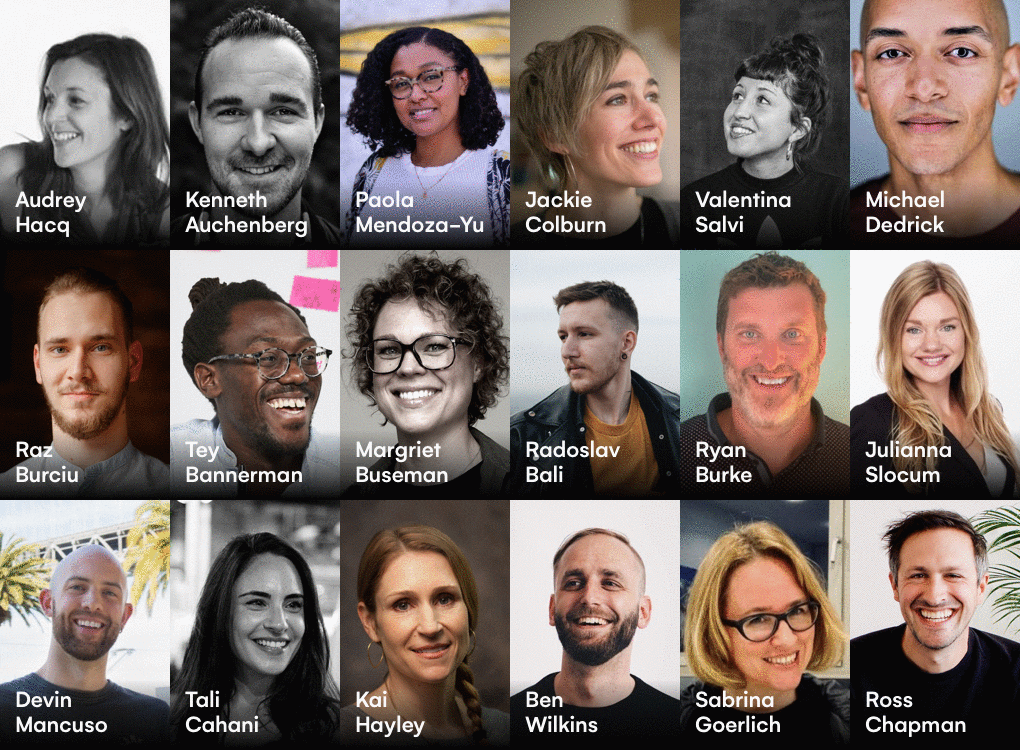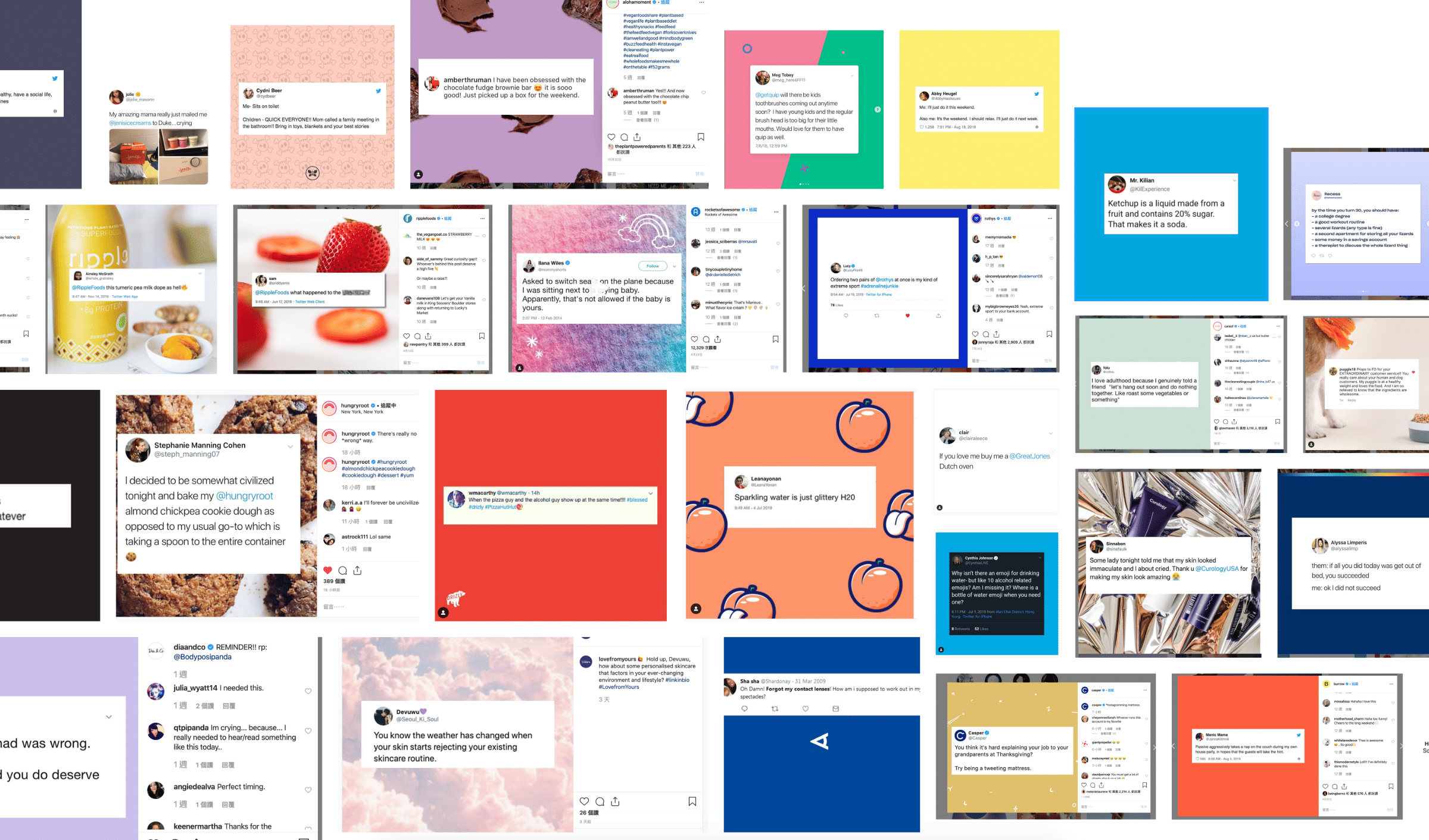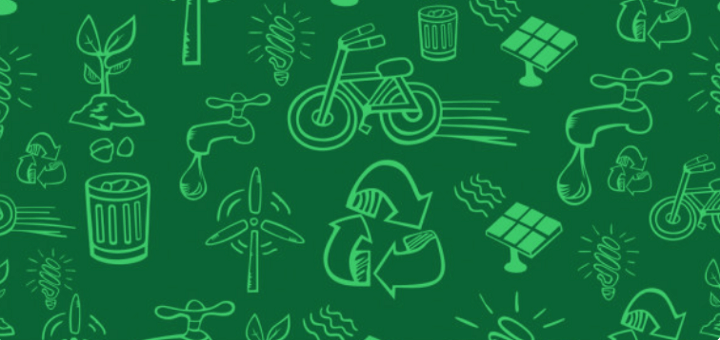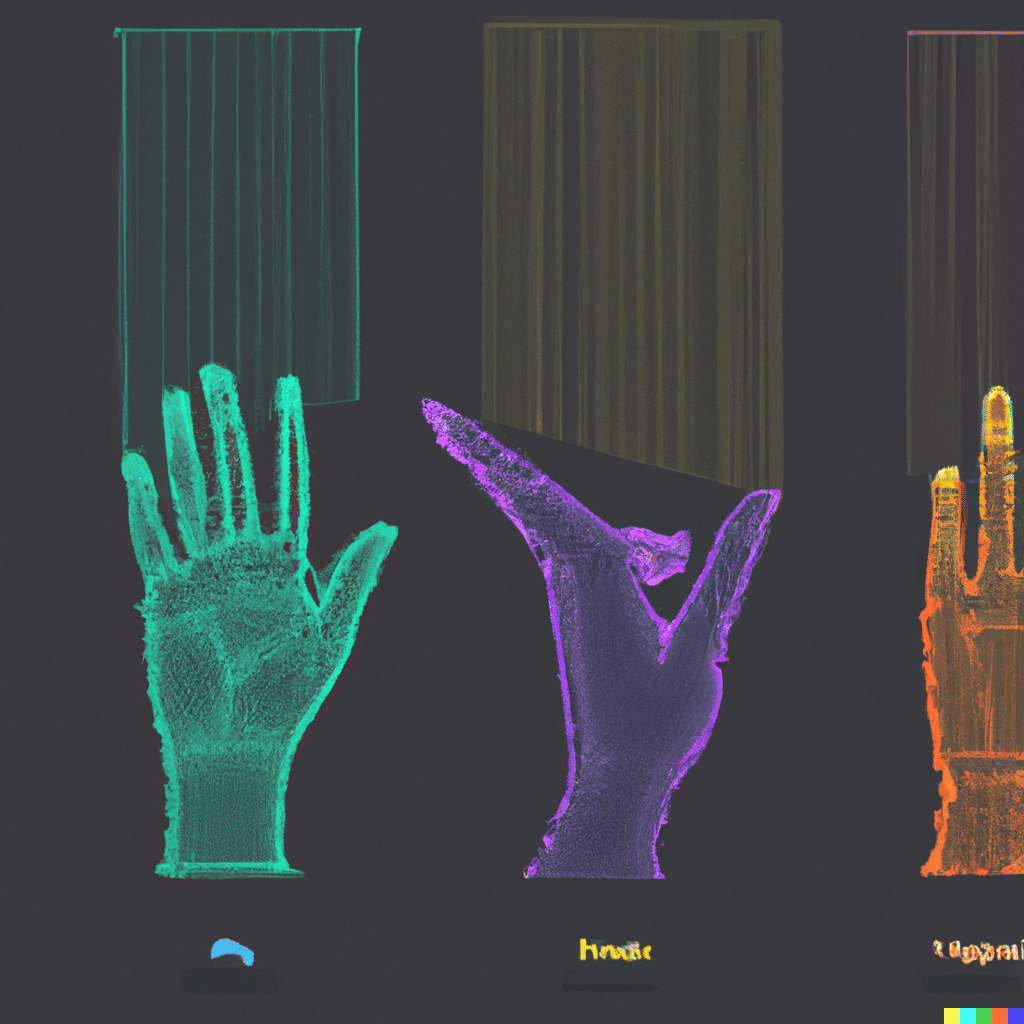This article was written in partnership with our friends at Uizard, the fastest and easiest way to bring your ideas to life.
Design Sprint.
Two words that have resonated with designers across the world since that renowned book release in 2016, Sprint by Jake Knapp. The book that aims to, ‘Solve Big Problems and Test New Ideas in Just Five Days’.
In this 3-part blog series, we’ve reached out to some of the biggest design experts in the tech industry to find out their personal views on Design Sprints. We’ll also be taking a look at what is being done today, what improvements can be integrated, and what the future holds for Design Sprints.

Letter
What is a Design Sprint?
We all know the feeling of not quite reaching the design goals that we’ve set for ourselves without knowing exactly where it’s all going wrong. The answer to these challenges can often be found within the successful application of a Design Sprint, where 5 days of collaborative teamwork is spent solving the original problem area by sketching, hypothesizing, prototyping, and user testing. Running a Design Sprint can help find solutions to critical business questions.
Image courtesy of David Allan Chin
Why use the Design Sprint?
Since the introduction of the Design Sprint methodology, companies have been taking advantage of the 5-day process that promises a productive work week that leads to immediate solutions. According to Google Ventures (GV), Design Sprints have been run with companies such as Slack, Nest, Medium, and many more. Sprint author Jake Knapp himself also encourages companies and individuals to share their Design Sprint stories and experiences at Sprint Stories; and with over 8,200 followers, it comes as no surprise that the Design Sprint is one of the hottest topics within the design community right now.
It’s fast!
There are several advantages of running a Design Sprint.
Design Sprints are really fast-paced and pragmatic. One of the biggest challenges of companies is to find the time and the space to commit to make tangible progress. A Design Sprint is like a pressure cooker, with five days, and of course, there are different formats, so it can even be shorter.
Valentina Salvi, Senior Service Designer at Accenture Interactive Amsterdam
Most of the interviewees agree. Design Sprints are fast, and they love it! Testing a hypothesis in under 5 days can save companies not just time, but also various costs associated with developing a product.
We’re all in this together
Design Sprints also have a unique way of bringing talented people together. We have to remember, the Design Sprint methodology is not just for UX/UI designers—many other roles can be integrated and bring valuable insights to the process; such as product managers, domain experts, user researchers, and many more.
The power of the Design Sprint is that it brings people together, humanises a project, creates results, and lets you experience a different way of working.
Margriet Buseman, Founder and Design Sprint Facilitator at Orange Minds
Teamwork and collaboration are key to the Design Sprint. There’s always that indisputable charm of people working together simultaneously to reach a common goal. Unsurprisingly, many industry experts have also commented on the sense of ‘togetherness’ and team connections that are made throughout the Sprint process.
Perhaps Design Sprints are team-building activities we never knew we needed!
It solves problems
Design Sprints can be a great way for companies to find solutions to problems that have been difficult to solve by contemporary workflows and processes. It gives companies the opportunity to gather ideas and solutions together, with a wide mix of people involved at all levels of the product development process.
Most of our lives are spent at work, so to get problem solving done as quickly as possible, and to de-risk the investment of time and money, allows teams to start solving problems and get to launching as fast as possible.
Ross Chapman, Head of Design Sprints at Etch Sprints
By limiting the problem solving process to 5 days and having multiple people on the same team; Design Sprints offer alternative solutions to problems in a quick, easy, and efficient way.
What makes a Design Sprint successful?
Success is a word to be used lightly when describing Design Sprint outcomes. Ask some of the world’s most renowned Sprint facilitators and they’ll tell you the same thing, Design Sprints are not ordinarily measured by the success of proving a hypothesis to be true; in fact, it’s quite the opposite!
Sprints are conformed in such a way that allows for success to take many different forms and shapes. Some would say that Design Sprints can only be deemed a success when there has been a failure of some kind, whilst others insist that the biggest success of Design Sprints is the new-found relationships and collaborations formed amongst team members.
We’re going to see more collaboration between designers and non-designers. Any designer that is able to have stakeholders contribute ideas and collaborate early always ends up with a better result, and having diverse perspectives at the same table leads to more robust and purposeful outcomes.
Tey Bannerman, Design Director at McKinsey & Company
Bringing a team of people together with skill sets across different disciplines such as design, strategy, and engineering, allows for a truly exceptional Sprint. No matter what the outcome is, Sprints almost always guarantee a positive influence on overall team performance and connectivity—a great success in itself.
Sprints can also be successful when a hypothesis is proven wrong, (yes you heard it right, wrong), or in some cases validated. More often than not, companies start off with an assumption that they believe to be 99% true, and this assumption is developed way before any user journey, user interface, and high fidelity mock-up or prototype of a product has been created.
Being led blindly by assumption is a dangerous thing. If assumptions are not fully explored prior to production, the company could end up with a product that no one will want, or buy.
So, what are the challenges?
Confining a team of people to one room for 5 days together may sound like something out of a horror movie rather than a unique design process, but far from it; Sprints can actually yield fantastic results.
Working 9 to 5 under any normal circumstances can be tiring. By the time Friday rolls around, chances are we’re already in ‘weekend mode’, and Design Sprints can take this feeling to a whole new level. Constant discussions, debating, sketching, collaborating, and presenting solutions—these are tasks that undoubtedly require a high level of energy, both mentally and physically.
One of the biggest challenges in Design Sprints is that people get exhausted. It is hard work. You do have to think, and thinking takes a lot of energy, and now in a remote context—even more so.
Ross Chapman, Head of Design Sprints at Etch Sprints
Of course, there are ways to combat this Sprint fatigue. Our experts have brought up a couple of ways to reboot the participants’ energy levels mid-Sprint.
We do a little bit of exercising, we use music. When we come out from breakouts, we just do a little warm-up session.
Tali Cahani, Design Principal and Facilitation Lead at The Co-operative Bank
Change is good
Evolution only happens when you break rules. That’s how you can move things forward, breaking the rules.
Raz Burciu, Co-Founder and Product Designer at Just Mad
Since the original 5-day Design Sprint methodology was released, various adaptations and adjustments have been made to the process. Many experts find that the 5-day Sprint no longer fits each product development scenario, and changes must be made in order to continue towards a common goal or assumption.
Storyboards
In the traditional 5-day Sprint, once multiple concepts have been illustrated and discussed, the winning concepts are explored deeper through storyboarding. Although a key part of the original Sprint, facilitators have commented on how this part of the process can end up being, well, messy.
The storyboard is a big thing. For storyboards, I’ve started combining the user test flow with the storyboard exercise. Sometimes when you get used to facilitating, you make some changes on the go, and you realize they work well.
Tali Cahani, Design Principal and Facilitation Lead at The Co-operative Bank
In order to keep focussed and maintain a form of structure to the storyboarding process, facilitators are starting to change the way storyboarding is completed. One adjustment is the introduction of the User Test Flow activity, prior to completing the storyboard. AJ & Smart’s Design Sprint 2.0 created this concept in order to experiment with the traditional Design Sprint methodology and eventually find new and improved ways to make the process work even better.
Prototyping
From the second day of the Design Sprint, teams can be left with hundreds of viable sketches and wireframes that they must narrow down into a few final options ready for prototyping. Although the process is confined, the need to transform these sketched ideas into functional prototypes can be the most time-consuming day during the whole Design Sprint.
Many SaaS companies are beginning to address the need for a wider range of collaborative rapid prototyping tools that can help speed up the design process and workflow. One difficulty faced by non-designers taking part in Design Sprints is not being able to fully immerse themselves in the design process. With little or no knowledge of how to use prototyping design tools, it can be difficult to fully demonstrate ideas without a designer present to help with the details, which in itself can be time-consuming. New user-friendly prototyping tools such as Uizard solve this problem by requiring minimal design experience when designing and portraying ideas into high-fidelity functional prototypes.
Soon we should hope to see a massive improvement in completing the various design tasks in Sprints with the use of these new tools, so watch this space!
Exercises
We’ve seen some examples of how Sprint facilitators are customising Design Sprint methods and adjusting exercises to better fit their specific goal. This in itself shows the need for change in some of the activities previously portrayed in the original Sprint publication.
We often swap out exercises from the original Sprint to better target our project’s needs. For example, we would replace the Long Term Goal exercise with a Target KPI exercise when we run a Design Sprint to improve the retention of an existing SaaS product. ‘
Raz Burciu, Co-Founder and Product Designer at Just Mad
As the saying goes, rules are made to be broken. If you as a Sprint facilitator feel the need to make adjustments to parts of the methodology or process that just doesn’t seem to be working in your problem context, then go ahead and make these changes. Your team will thank you for it later!
To be 5 days or not 5 days?
Can the Design Sprint be shortened? Let’s find out.
Now, before you start shouting at the computer screen, you should know that although the original Sprint methodology was indeed intended for 5 days of planning, workshops, and discussions, the truth is—a lot has changed since 2016.
At Google, we teach a flexible model for Design Sprints which is less anchored to a specific length of time. We start with the company or team’s goal—and then we can design a session to get the best outcomes for that given team. Our Design Sprints are specifically tailored and scoped for a given team and a particular problem. ‘
Kai Haley, Head of UX Methods & Process and Lead of Sprint Master Academy at Google
AJ & Smart’s Design Sprint 2.0 challenges the original Design Sprint methodology by shortening the process down to just 4 days. The outcome is said to be very much the same as following the original 5-day Sprint, but of course, there are always exceptions.
Our experience is if it’s a new methodology or a new way of thinking, often design thinking is new, four days is too short for people to wrap their brains around it. A lot of our clients also care about the capability-building, making them (the participants) understand how they can apply things not just in the Sprint, but also after the Sprint. To make that lasting effect, it needs a bit of time.
Margriet Buseman, Founder and Design Sprint Facilitator at Orange Minds
Although the idea of getting things done in a shorter amount of time can be tempting, some experts believe that 4 days just isn’t enough time, and in some cases, can actually be detrimental to the overall performance and outcome of the Design Sprint.
As Margriet mentions, there is also the added aspect of capability-building, where teams and companies don’t simply take part in a Design Sprint and move on, never using the methodology again—but actually take the extra time to understand how they can continue to apply methods and strategies learned throughout the Sprint, and apply it into an everyday work context. This part takes time, and unfortunately in most cases, 4 days just won’t cut it.
Going by the book?
For the vast majority of your favorite Swedish-branded furniture, it’s usually a good idea to read the instruction manual first, (especially before you attempt to start building that Limfjorden cabinet). This, in itself, is particularly true for Design Sprints. Experts always recommend reading the original 5-day Sprint methodology before attempting to make any drastic changes to the Sprint process, and although you may not be interested in sticking to a 5-day long Sprint, the method and theory learned in the original Sprint book will still undoubtedly help turn your 4-day Sprints into a success.
At the beginning we did follow the 5-day Sprint book completely, but we found out that we needed to do some things differently. We don’t go by the book now, we do our own in-house 4-day version instead…
Raz Burciu, Co-Founder and Product Designer at Just Mad
4-day Sprints have seen a massive amount of growth in popularity since the introduction of the Design Sprint 2.0.
In the 2.0, exercises have become more targeted and efficient, new prototyping tools are dynamic and allow for advanced product portrayal, and user testing performed in remote settings allows for time saving in areas such as office space, travel, and interview organisation.
It’s no wonder that with the amount of money and time spent in Sprints, having the opportunity to narrow this down even further to just 4 days is an attractive concept.
So, do we really need the 5-day Sprint anymore? Or is it time that we all start moving towards a more compact, 3/4-day process?
I think that 2 or 3 days works well. In a 5-day Sprint, people just start to lose momentum because they still have to go to their full-time jobs as well, they’re leaving whatever they’re usually doing to join the Sprint—keep it short so that people still enjoy it, and find value in it.
Michael Dedrick, UX Designer at Google
Regardless of what the book says, the key to making the Design Sprint work for you is just that, make it work for YOU. 5 days or 4 days, or even more or less than this, the choice is yours to make—all can be equally as successful, depending on the end goal you want to achieve and how you want to get there.
In other words:
Should a Sprint always last 5 days? Not always. As an experienced facilitator, I determine the duration of the Sprint based on the size and scope of the problem to be solved, and the outcomes that are most important for the organization. If you’re just getting started running Design Sprints, I recommend you follow the 5-day process.
Jackie Colburn, Co-author of the Remote Design Sprint Guide
Conclusion
Is the Design Sprint a one-size-fits-all solution?
Well, not exactly, but altering and customising the process can make for a better fit!
5-day Design Sprints still work perfectly fine for the majority of cases and organisations, and at the end of the day, it’s a method and theory that has been tried and tested hundreds—if not thousands, of times.
Customisation and finding your own variations and nuances around the core methodology’s pillars, is not only the best thing you can do, but also the top strength of the methodology in the first place.
Valentina Salvi, Senior Service Designer at Accenture Interactive Amsterdam
The key to a successful Design Sprint is following the original 5-day methodology approach and process, and once you feel more confident in the theory, start to adapt the concept and exercises as you need, in order to find a more customised and productive approach. Whether you choose to do this by following the Sprint 2.0 methodology, exercise customisation, or even mix up a whole new Sprint process, the choice is completely up to you.
Do you have a Design Sprint story to share?
What are your thoughts on the Design Sprints applicability?
Reach out in comments, and let’s discuss!
Thanks for reading part 1 of this 3-part blog series. In the next article, we’ll be covering the challenges of remote Design Sprints and the effect the COVID-19 pandemic has had on the design workflow—so stay tuned!






